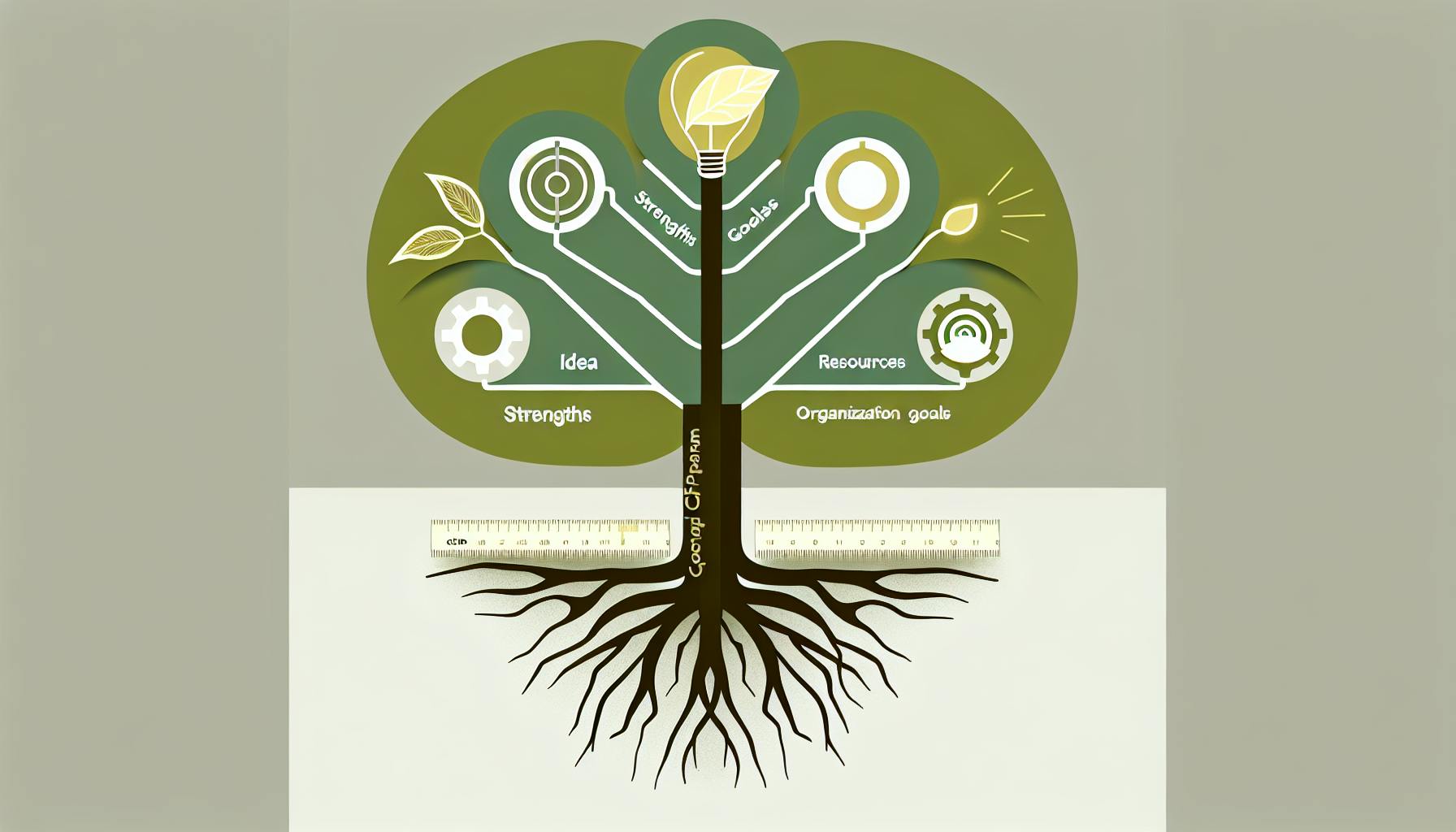Most organizations would agree that there is often a disconnect between corporate culture and employee expectations in today's workplaces.
By better understanding modern corporate culture trends and supporting employees with greater flexibility, companies can dramatically improve retention, innovation, and overall performance.
This article will define the growing gap between traditional hierarchical corporate structures and the values of today's workforce. We'll explore the costs of this cultural divide, like high turnover and lagging innovation, as well as practical steps leaders can take to update outdated policies and foster greater transparency and work-life balance.
The Growing Gap Between Corporate Culture and Employee Expectations
A disconnect is growing between traditional corporate cultures and the values and priorities of younger generations entering the workforce. Recent research shows that millennial and Gen Z employees have different attitudes and expectations of their employers compared to older generations.
Key findings include:
-
Younger workers value purpose and meaning. Millennials and Gen Z prioritize finding meaning and purpose in their work over financial motivations. They want to feel their job contributes value to society.
-
Younger workers expect flexibility and work-life balance. While older generations were willing to work long hours in the office to climb the corporate ladder, younger workers demand flexibility, remote work options, and better work-life integration.
-
Younger workers desire connection and collaboration. Younger employees prefer flatter organizational structures with more accessibility to leadership. They favor open communication, transparency from management, and cross-departmental collaboration.
-
Younger workers demand corporate social responsibility. Millennials and Gen Z workers are more likely to support companies that prioritize diversity, equity, inclusion, sustainability, and ethical business practices in their corporate culture and branding.
This gap between traditional corporate cultures and shifting generational attitudes creates problems in attracting, engaging, and retaining younger talent. Companies that fail to adapt their cultures risk disengaged employees, high turnover, and struggles securing top talent.
Defining Today's Corporate Culture
Hierarchical Structures
Traditional corporate cultures often feature rigid hierarchical structures with multiple layers of management and centralized decision making. However, research shows that younger generations tend to prefer flatter organizations with more accessibility to leadership.
One study found that nearly 60% of Millennials felt it was important to work in a flat organizational structure where senior leaders are accessible. They value open communication, transparency, and the ability to collaborate directly with leadership.
Values Mismatch
There can also be a mismatch between traditional corporate values and the values of younger generations:
-
Work-Life Balance: Executives have typically prioritized long work hours and face time in the office. However, studies show younger workers value flexibility, remote work options, and maintaining work-life balance. Over 75% say work-life balance drives their career choices.
-
Loyalty: While executives often expect long-term loyalty and tenure, younger employees tend to job hop more frequently in search of new challenges, skills and better pay. Their loyalty depends on companies meeting their needs.
-
Innovation: Younger workers tend to be more entrepreneurial and creative. If they feel their innovative ideas go unheard, it can quickly lead to disengagement and turnover.
These differences in values can create tension and negatively impact efficiency and performance if not properly addressed. Companies must evolve their cultures to align with the needs of younger generations.
sbb-itb-34a8e9f
The Costs of Disconnection
Poor Retention and High Turnover
When an organization's espoused values and actual culture are misaligned, employees quickly lose trust and engagement. This disconnect manifests in poor retention rates and high turnover, as employees seek workplaces more congruent with their own values.
According to a recent study, companies with the highest levels of culture alignment had voluntary turnover rates 31% below industry averages. However, those with low culture alignment suffered turnover rates 48% above average. The cost of replacing an employee is often estimated between 6 to 9 months of their salary on average. With the US median salary at approximately $51,168, losing a single employee can cost over $25,000. For a 500 person company, a 5% increase in annual turnover could cost well over $600,000.
Reducing turnover by nurturing cultural alignment and employee retention is paramount. HR leaders must leverage data and feedback to understand precisely where and why the culture disconnect emerges, then course-correct quickly.
Lagging Innovation
A strong, cohesive culture aligned to business goals also correlates to higher revenue growth. Culture drives innovation by encouraging the sharing of ideas, rewarding experimentation, and reducing fear of failure. Employees who feel psychologically safe to question the status quo and suggest improvements drive an organization's competitive advantage.
A recent McKinsey study of over 1,000 global companies found that those in the top culture alignment quartile had revenue growth 3.5x higher and innovation revenue 8.9x higher than those in the bottom quartile over a 5 year period.
Cultural fragmentation stifles the diversity of thought and healthy debate required to spark breakthrough innovations. Without urgent intervention to realign espoused and actual values, companies risk falling behind the competition.
Steps to Close the Gap
This section will provide pragmatic advice for leaders on evolving corporate culture to better align with shifting workplace attitudes and expectations.
Foster Greater Transparency
To build trust and engagement, business leaders should focus on increasing transparency around company data, metrics, and leadership visibility. Some recommendations include:
-
Share real-time revenue data and KPI dashboards with all employees so they understand how their work impacts the bottom line. This gives context and meaning to their efforts.
-
Host monthly "ask me anything" sessions where employees can submit anonymous questions to leadership. Respond openly and candidly to build approachability.
-
Spotlight company values and culture in external communications to set expectations upfront for candidates in the hiring process. Authenticity attracts top talent.
-
Discuss product roadmaps, business goals, and challenges at company all-hands meetings. Employees want more context to connect their contributions to strategic outcomes.
With greater access to information and interactions with leadership, employees feel valued as partners in driving organizational success. This increases engagement, innovation, and advocacy for the company.
Support Flexibility & WLB
To meet the diverse needs of today's workforce, forward-thinking leaders are embracing flexibility and promoting work-life balance through policies like:
-
Remote or hybrid work options to accommodate employees' locations, caregiving duties, health issues or disabilities. This expands your talent pool.
-
Flexible scheduling around core collaboration hours. Employees can shift hours to avoid commutes or balance personal needs.
-
Unlimited PTO to empower employees to recharge when needed. This drives retention and happiness.
-
Focus on outcomes not activity metrics. Judge performance on impact delivered rather than hours logged.
With a people-first mentality, these policies make employees feel valued as whole people with responsibilities and interests outside of work. This pays dividends in engagement, productivity, and tenure.
Conclusion & Key Takeaways
Ignoring shifts in corporate culture can have detrimental impacts on business efficiency and performance. As leaders, we must be proactive in understanding our current and desired cultures to get in sync with the future of work. Here are some key takeaways:
-
Regularly conduct anonymous culture assessments to identify gaps between actual and desired cultures as perceived by employees. This allows you to course-correct issues before they escalate.
-
Embrace flexibility and cross-collaboration. Provide employees autonomy in when and how they work. Break down silos for greater innovation.
-
Invest in change management and clear communication around organizational values. Celebrate wins, big and small, to reinforce desired cultural traits.
-
Leverage people analytics to link cultural drivers to performance metrics. Quantify the business impact of nurturing strategic cultural attributes.
-
Promote inclusive leadership that solicits ongoing feedback. Foster psychological safety for employees to speak up without fear of retaliation.
-
Make enhancing corporate culture a long-term priority with support from the C-suite. Appoint culture ambassadors and provide resources for grassroots initiatives.
Shaping workplace culture requires persistence and collective buy-in at all levels. But the returns from higher employee engagement and stronger branding make it well worth the effort. Use regular pulse checks to stay aligned with emerging expectations and behaviors. The future favors those bold enough to reinvent traditions without losing sight of their purpose.

